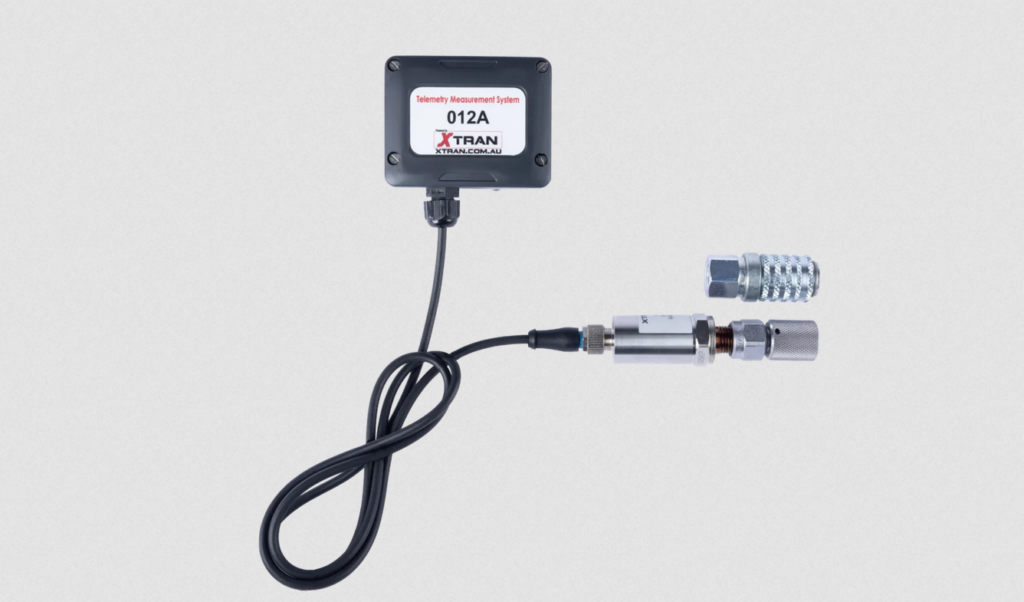Telemetry systems have become indispensable in a world increasingly reliant on real-time data collection and analysis. The XTMS Telemetry Measurement System is a sophisticated solution designed to cater to diverse industries, offering precise, reliable, and scalable data acquisition. Its advanced capabilities enable organizations to monitor, measure, and analyze critical parameters across various applications.
What is the XTMS Telemetry Measurement System?
The XTMS (eXtensible Telemetry Measurement System) is a state-of-the-art platform designed for capturing, transmitting, and processing telemetry data. Whether monitoring environmental conditions, industrial equipment, or vehicular performance, XTMS is equipped to handle complex telemetry requirements with ease.
Unlike traditional telemetry systems, XTMS is built on a modular architecture. This design allows users to customize the system to their specific needs, ensuring flexibility and scalability. The system supports a wide range of sensors, communication protocols, and data processing frameworks, making it a versatile tool for a variety of industries.
Key Features of XTMS
- Precision Data Acquisition:
XTMS offers high-accuracy measurement capabilities, capturing even the smallest variations in monitored parameters. Its advanced sensors are designed to provide precise readings under challenging conditions. - Real-Time Data Transmission:
With its robust communication modules, XTMS ensures seamless data transmission over wireless, wired, or hybrid networks. This enables users to access telemetry data in real-time, facilitating immediate decision-making. - Scalability and Modularity:
The modular design of XTMS allows organizations to add or remove components based on their operational requirements. This feature is particularly useful for businesses that need to scale their systems over time. - Integration and Compatibility:
XTMS supports integration with various third-party platforms and software systems. It is compatible with modern data analytics tools, enabling users to derive actionable insights from the collected telemetry data. - Robust Build for Harsh Environments:
Designed for durability, XTMS can withstand extreme temperatures, vibrations, and environmental conditions. This makes it suitable for industries like aerospace, automotive, and energy.
Applications of XTMS
- Industrial Monitoring: XTMS is widely used in factories and industrial plants for monitoring machinery performance, energy consumption, and process efficiency.
- Automotive Testing: Automotive engineers use XTMS for vehicle testing, capturing data on speed, engine performance, and fuel efficiency.
- Aerospace: The system is crucial in monitoring flight parameters, ensuring aircraft safety and performance.
- Environmental Monitoring: XTMS plays a vital role in tracking environmental changes, such as weather patterns and air quality, providing data for research and policy-making.
Benefits of Using XTMS
- Enhanced Operational Efficiency: Real-time data enables quick response to anomalies, reducing downtime and maintenance costs.
- Improved Decision-Making: The system’s integration with analytics platforms allows users to make informed decisions based on reliable data.
- Cost-Effectiveness: Its modular design reduces upfront costs and offers scalability, making it a cost-effective choice for organizations of all sizes.
Future of XTMS
As industries continue to evolve, the demand for more advanced telemetry systems will grow. XTMS is poised to lead the charge with its commitment to innovation, offering features like AI-powered analytics and enhanced connectivity through IoT integration. Its adaptability ensures it remains relevant in a rapidly changing technological landscape.
Conclusion
The XTMS Telemetry Measurement System is a powerful tool that revolutionizes how organizations collect and utilize telemetry data. Its advanced features, scalability, and reliability make it a valuable asset across multiple industries. By adopting XTMS, businesses can achieve greater efficiency, enhanced decision-making, and long-term sustainability.


